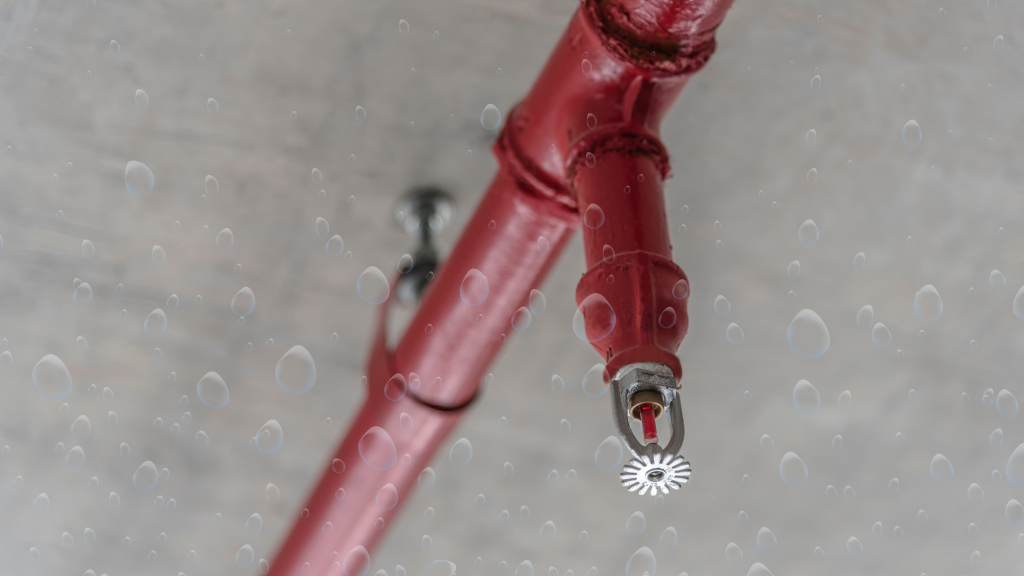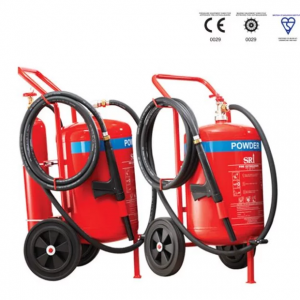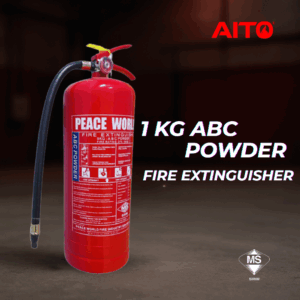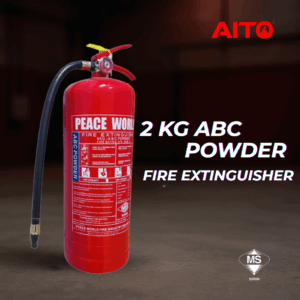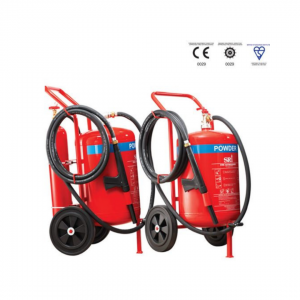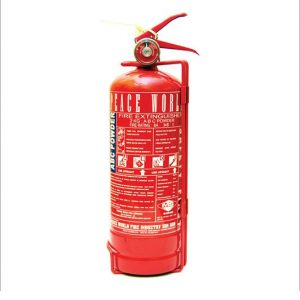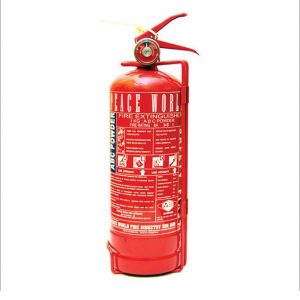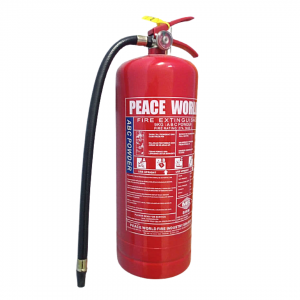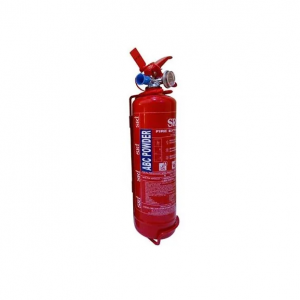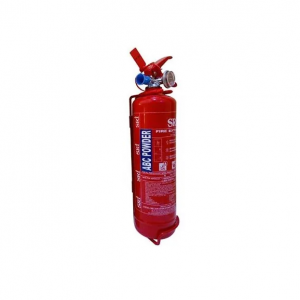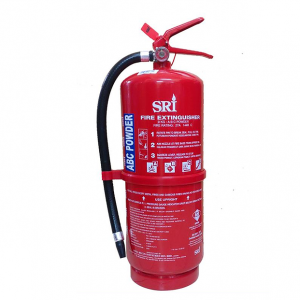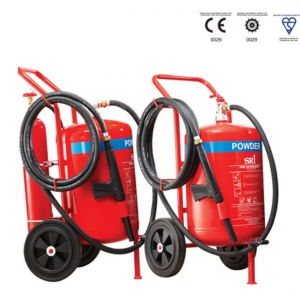Fire Sprinkler Maintenance and Inspection
Fire sprinkler are crucial components of a building’s fire protection strategy. They automatically detect and control fires, reducing damage and saving lives. Fire sprinkler maintenance and inspection are essential to ensure these systems function effectively when needed. From routine inspections to detailed maintenance practices, this article provides a comprehensive guide on maintaining and inspecting fire sprinkler systems.
Maintenance of Fire Sprinkler
Proper maintenance of fire sprinkler is crucial to ensure their functionality and reliability in case of a fire. Here’s a detailed guide on the essential maintenance activities:
1. Regular Inspection Routine
- Do daily checks – Make sure to ensure control valves are open and locked or supervised. Do not forget to verify system air and water pressures are within the specified range
- Do weekly checks – Test and inspect water flow alarms and supervisory signal devices.Do not forget to verify teh condition and position off all control valves.
- Do monthly checks – Inspect gauges on all systems. Do check the condition of fire department connections. Make sure to verify that no obstruction or physical damage exists around the sprinkler heads and piping.
- Do quarterly checks – test main drain to ensure proepr water supply. Inspect alarm devices and test them for functionality. Do a verify proper operation of all electric supervisory devices.
- Do annual checks – Conduct a full inspection of the entire system, including piping, hangers, bracing and sprinkler heads. Perform a thorough inspection and testing of the fire pump, if present. Do check the condition of all control valves, ensuring they are properly sealed, locked, and supervised.
2. Cleaning and Lubrication
- Sprinkler Heads – Clean dust and debris from sprinkler heads regularly.
- Control Valves – Lubricate valve stems and other moving parts to prevent sticking.
3. Testing
- Flow Testing – Conduct regular water flow tests to ensure the system has adequate water supply and pressure.
- Functional Testing – Test and ensure all electronic components, such as alarms and supervisory devices, function correctly.
4. Replacement of Parts
- Sprinkler Heads – Replace any sprinkler heads that are damaged, corroded, or have been painted over.
- System Components – Replace any damaged or corroded piping, valves, gauges, and other system components.
Inspection on Fire Sprinkler Systems
Inspecting fire sprinkler systems involves systematic checks to ensure they are in proper working order. Here are the key inspection procedures typically followed
1. Visual Inspection
a) Sprinkler Heads
- Check for physical damage, corrosion, or paint that could obstruct water discharge.
- Ensure the correct orientation and position of sprinkler heads.
- Verify that the area around each sprinkler head is clear of obstructions.
b) Piping and Fittings
- Inspect for signs of leaks, corrosion, or physical damage along the entire length of piping.
- Check that piping is adequately supported and free of bends, breaks, or improper fittings.
c) Valves
- Inspect valve rooms or valve locations for cleanliness and accessibility.
- Ensure all valves are in the correct position (open or closed) as required by the system design.
- Check for leaks or signs of corrosion on valve bodies and seals.
2. Functional Testing
a) Water Flow Tests
- Conduct regular water flow tests to ensure adequate flow rates and pressure.
- Activate one or more sprinkler heads to verify that water flows and covers the designated area effectively.
b) Alarm Tests
- Test both local and remote alarms. It is to make sure they activate properly when triggered by water flow or system pressure changes.
c) Valve Operation
- Operate control valves to ensure they open and close smoothly without sticking or hesitation.
- Check valve supervisory switches to confirm they indicate the correct valve position (open or closed).
3. Record Keeping
a) Documentation
- Maintain detailed records of all inspections, tests, and maintenance activities.
- Document the date, inspector’s name, findings, and any corrective actions taken.
- Keep records of system activations, including causes and response
4. Professional Inspections
a) Periodic Inspections by Certified Professionals
- Ensure professionals review system components, operational tests, and compliance with local regulations.
Benefits of Regular Maintenance and Inspection
Regular maintenance and inspection of fire sprinkler offer several benefits:
- Enhanced Safety: Ensuring the system is ready to function in the event of a fire.
- Compliance: Meeting legal and regulatory requirements.
- Insurance Benefits: Potentially lower premiums and better coverage.
- System Longevity: Extending the life of the fire sprinkler system.
Conclusion
Regular maintenance and inspection of fire sprinkler systems are vital for ensuring their effectiveness. By adhering to recommended practices and legal requirements, property owners can protect lives and property. Let’s continue to prioritize fire safety through ongoing vigilance and commitment to excellence in maintenance practices. Together, we can ensure safer environments for everyone.
Call us now at +603-7831 4791 or click here to schedule your free consultation. Your safety is our mission- let’s achieve it together.

